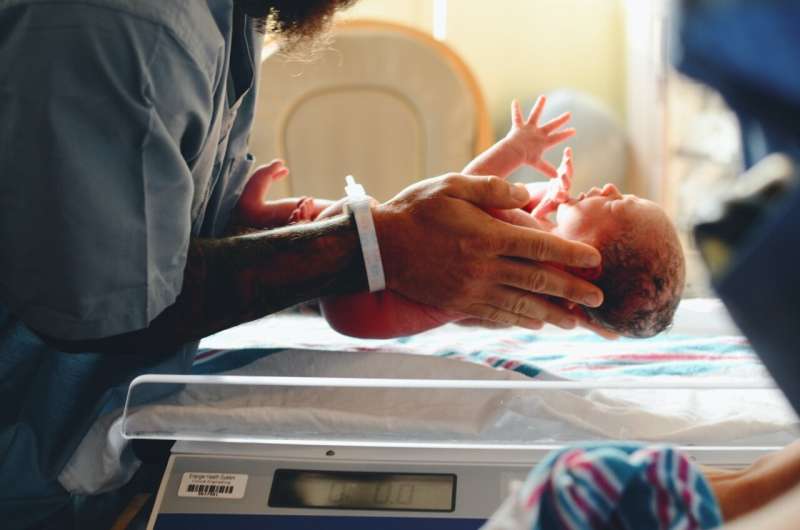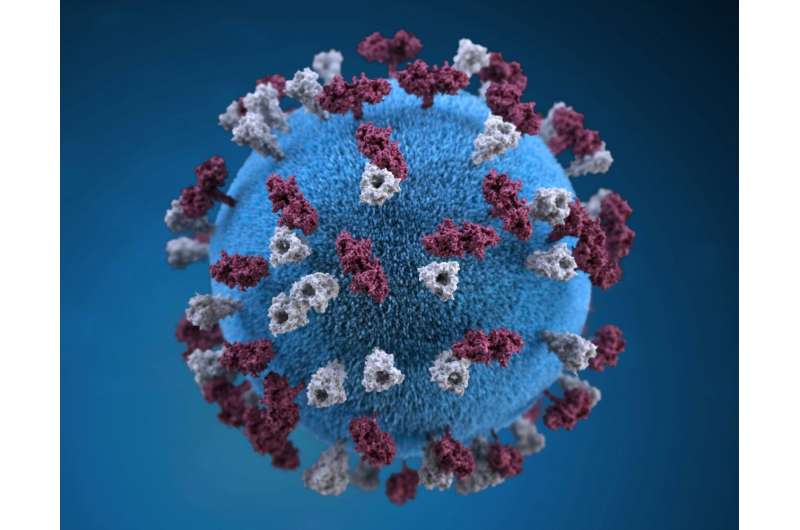Persistent Challenges of Low Birthweight in Certain Indian States Despite Overall Decline

Despite overall progress in reducing low birthweight rates across India, certain states still experience high prevalence, highlighting ongoing maternal and neonatal health disparities.
Although India has made significant progress over the past three decades in reducing low birthweight rates among newborns, certain states continue to experience high prevalence. Recent research published in BMJ Global Health highlights that states such as Uttar Pradesh, Bihar, Maharashtra, and West Bengal account for nearly half of all low birthweight births in the country.
Low birthweight, defined as a birth weight of less than 2,500 grams, is a crucial health indicator. It often signals underlying issues like maternal health problems and inadequate nutrition, and is associated with future developmental delays and increased risk of chronic diseases. While some regions have achieved rapid improvements, others still face considerable challenges.
The study analyzed data from five waves of the nationally representative National Family Health Survey, spanning from 1992–93 to 2019–21. Out of 626,087 live births during this period, 26.5% lacked recorded birthweight data. Among those weighed, the proportion of low birthweight babies declined from 25% in 1993 to 16% in 2021, reflecting overall progress. The national average decreased by 8 percentage points, signaling improvements across many regions.
However, the highest rates persisted in Rajasthan with 48% and Chhattisgarh with 42% in 1993. By 2021, the states with the highest prevalence shifted to Punjab and the Delhi Union Territory, both at 22%, while the lowest rates were observed in Mizoram (4%) and Nagaland (5%). The data also revealed that in a single year, approximately 4.2 million babies in India were born with low weight, with Uttar Pradesh, Bihar, Maharashtra, and West Bengal contributing nearly half of these cases.
The research underscores that children born smaller than average, as assessed by their mothers, are also more common in regions with high poverty levels and limited access to healthcare. The findings suggest that socioeconomic factors—such as maternal education and household income—play significant roles in birth outcomes.
Despite these challenges, the convergence of rates among states indicates some progress in narrowing disparities. Nonetheless, the authors stress that consistent improvements in data collection and healthcare infrastructure are essential for sustaining progress and addressing persistent gaps in maternal and neonatal health. Continued efforts are necessary to improve maternal nutrition, healthcare accessibility, and socioeconomic conditions to further reduce low birthweight prevalence in India.
Stay Updated with Mia's Feed
Get the latest health & wellness insights delivered straight to your inbox.
Related Articles
Measles Outbreak Expands Across 34 States, Focus Shifts to North Dakota
Measles cases are spreading across 34 states in the US, with North Dakota now experiencing the highest infection rate. Public health efforts focus on increasing vaccination and combating misinformation to curb the outbreak.
Genetic Insights Reveal Chronic Pain and Mental Health as Modifiable Factors Increasing IBS Risk
Recent genetic research highlights chronic pain and mental health traits as key modifiable factors contributing to the development of irritable bowel syndrome (IBS). The study emphasizes the importance of addressing psychological and somatic health in IBS prevention.
Study Links Neighborhood Violence and Youth Perceptions of Firearm Accessibility
A groundbreaking study links neighborhood firearm violence to youth perceptions of gun accessibility, highlighting the role of fighting behavior and community risks in shaping firearm-related attitudes among adolescents.
Innovative mRNA Therapy Offers Hope for Heart Repair After Heart Attacks
A pioneering mRNA-based therapy targeting the PSAT1 gene shows promise in promoting heart repair after heart attacks, opening new possibilities for regenerative cardiovascular treatments.



